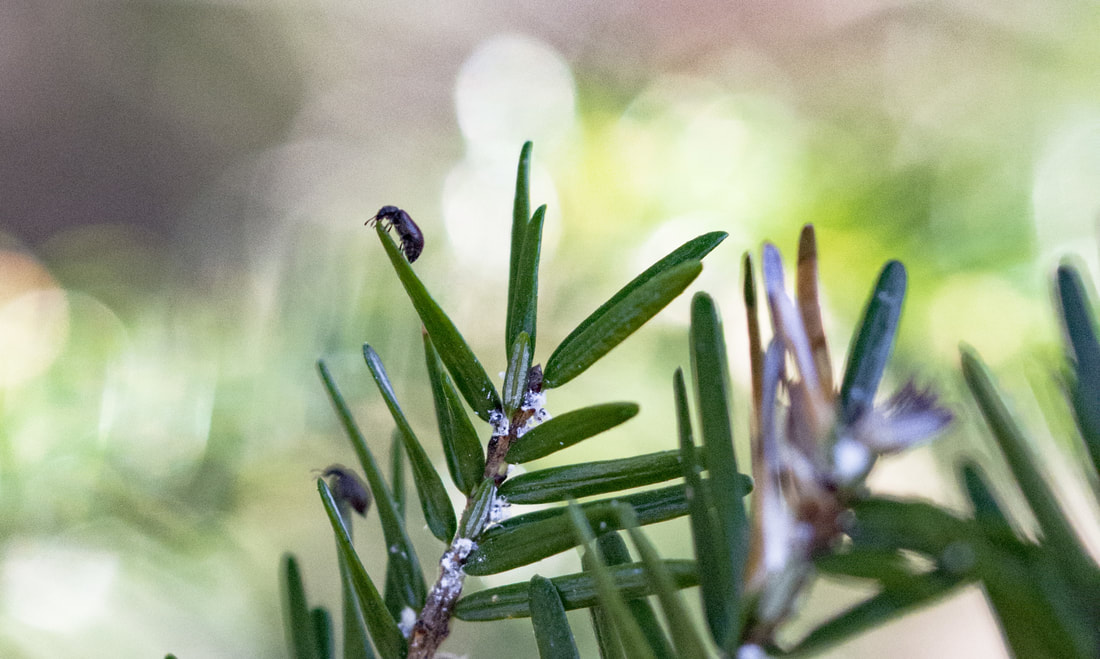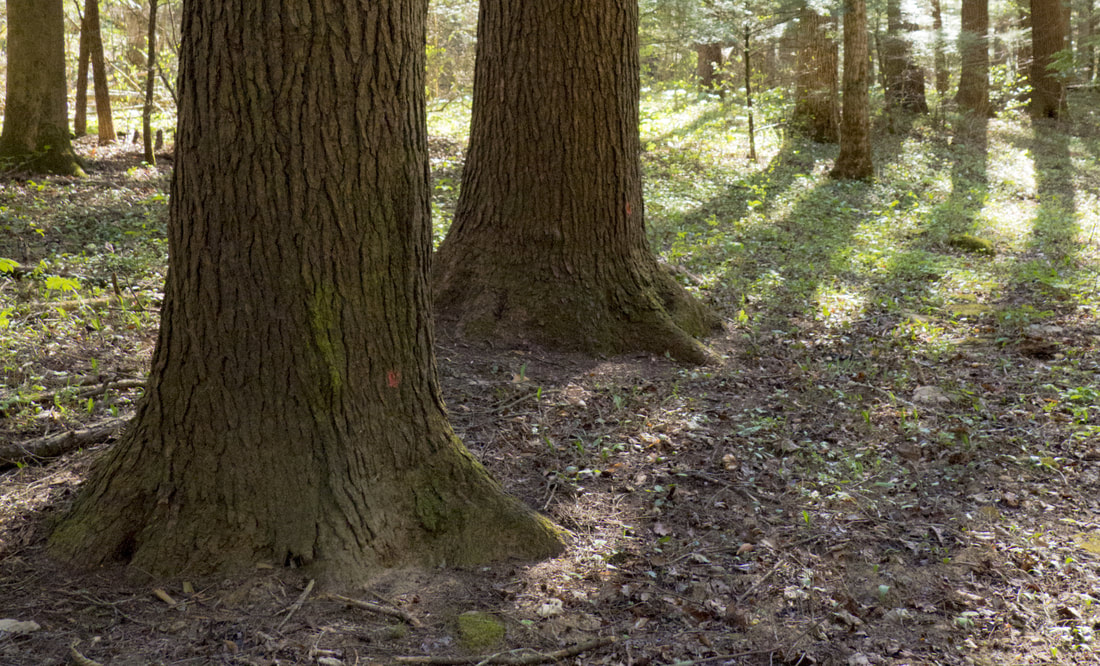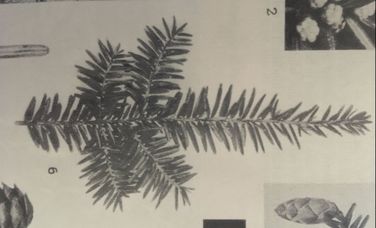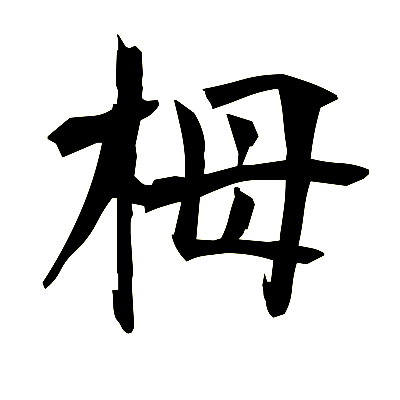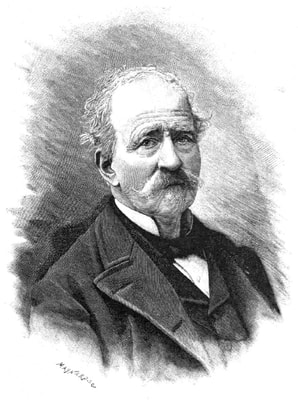Welcome to Hope for Hemlocks, a project of Kentucky Heartwood to save the Eastern hemlock (Tsuga canadensis), a tree of enormous ecological importance and breathtaking beauty. Hemlocks in the east, including Kentucky, are being decimated by an invasive insect, the hemlock woolly adelgid (Adelges tsugae). Thousands of acres of hemlock forests on public and private land have already been destroyed, but this isn't the end of the story.
Join us as we use all the available tools to stop this ecological catastrophe. We need volunteers and donors and partners.
Within this site you'll find the history and science of hemlocks and adelgids, alongside the resources and information needed to preserve hemlocks for generations to come.
Join us as we use all the available tools to stop this ecological catastrophe. We need volunteers and donors and partners.
Within this site you'll find the history and science of hemlocks and adelgids, alongside the resources and information needed to preserve hemlocks for generations to come.
First things first: the tools to save trees
predator beetlesIn their native range, HWA are eaten by a variety of predatory insects. Introducing some of those predators into the forests of eastern North America is part of a long term strategy to stop hemlock extinction.
|
chemical treatmentsSystemic insecticides are currently our best tools to combat HWA and save trees. Learn more about ongoing efforts here.
|
Private LandownersHemlock wooly adelgid threatens hemlock trees on public and private lands. Learn how to protect your trees here.
|
Photo of Vanhook Falls by Christopher Morris
What's a TSuga saver?
A distinct two word scientific name is given to every species of living thing on the planet. These names are often derived from descriptions of the organism in Latin, but not always. The sceintific name for the Eastern hemlock, Tsuga canadensis, is one of these exceptions. The French botanist Élie-Abel Carrière (above, right) chose the Japanese name for hemlock, Tsuga (栂), to be the first part of the scientific name of the Eastern hemlock and all its cousins around the world. In Eastern North America we have two hemlocks: Eastern hemlock, Tsuga canadensis, and the much more rare Carolina hemlock, Tsuga caroliniana. Both are threatened with extinction by the hemlock wooly adelgid. We need your help to continue the work we're doing to save these trees. Click below become a Tsuga Saver!
"zoo-zee, zoo-zoo-zee" is warbler for "thank you!"
